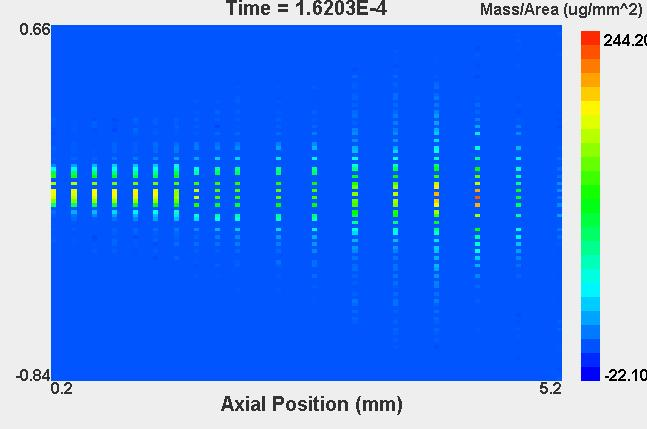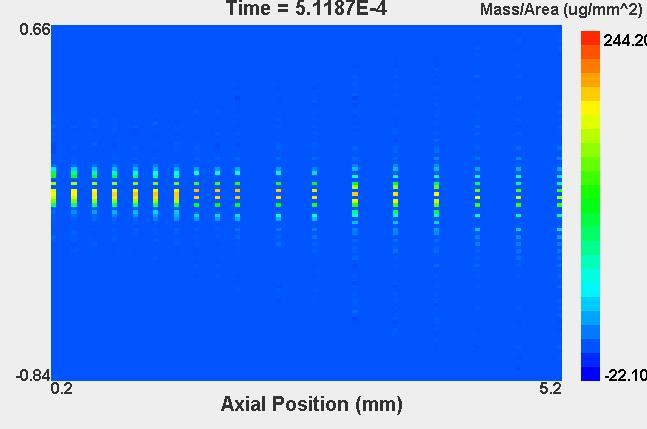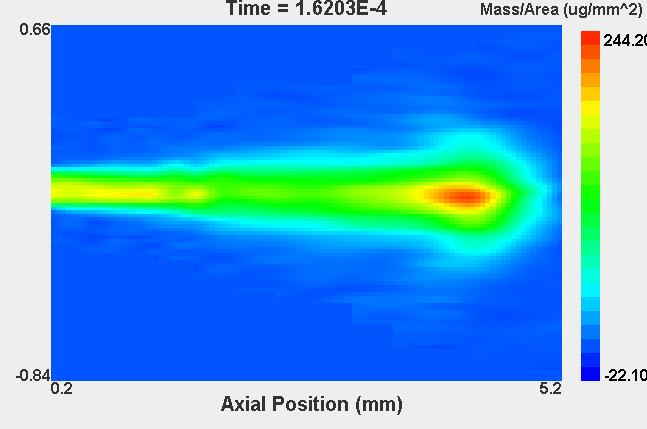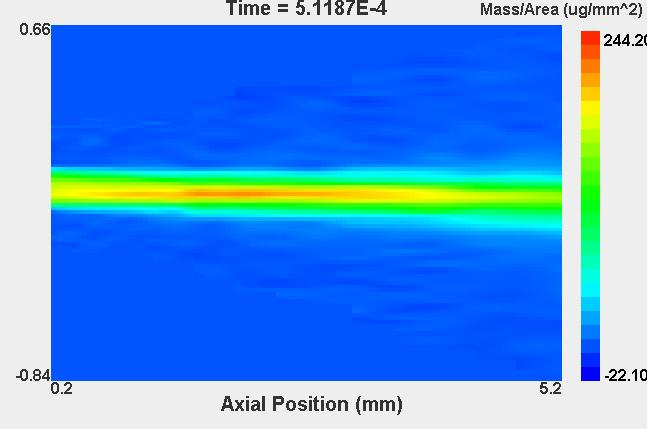



| FILETYPE=SNAPSHOT
UNITS=MICROGRAMS/MM^2 MUMASS=0.002415 |
|||||
| #x_position |
y_position |
time(1) | time(2) | ... | time(N) |
| x(coordinate1) | y(coordinate1) | mass(t1) | mass(t2) | ... | mass(tN) |
| x(coordinate2) | y(coordinate2) | mass(t1) | mass(t2) | ... | mass(tN) |
| ... | ... |
... |
... |
... |
... |
| x(coordinateM) | y(coordinateM) | mass(t1) | mass(t2) | ... | mass(tN) |





| Window |
Effective
Field of View |
Pressure Range |
| 38 x 122 |
35 mm x 115 mm |
1 bar absolute |
| 3 x 22 |
2.5 mm x 18 mm |
1-35 bar absolute |
| 12 x 30 |
11 mm x 26 mm |
1-5 bar absolute |